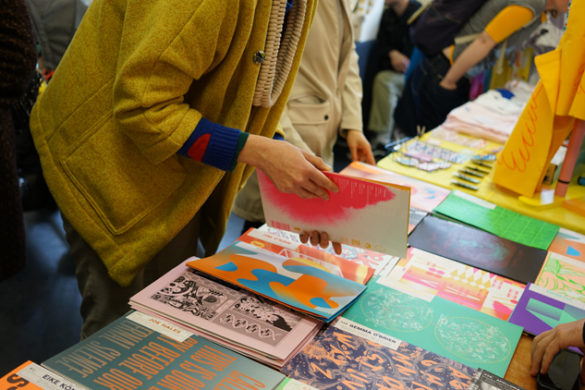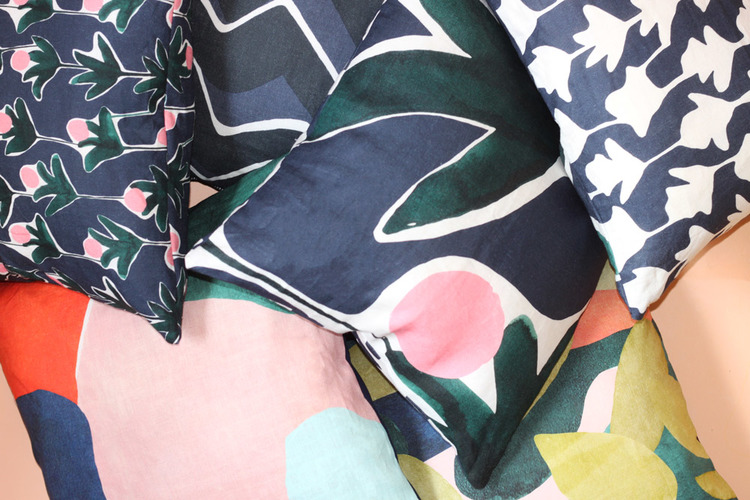The female-focused independent magazine, Girls Like Us, was founded in 2005 by Jessica Gysel, after her first endeavor Kutt magazine (a sister, you might say, of the quarterly gay magazine Butt). When Butt was established in 2001, male gay media was entering mainstream popular culture, enabling them to create a niche and to own it entirely. However, Jessica felt that for lesbians, it was a different story.
As a female version of Butt, the audience expected the same kind of aesthetic, comparing and contrasting the two and wanting a ‘butch’ design. As a reaction to this, she decided to create a more mature and sophisticated magazine – and the result was Girls Like Us . Beautifully designed without adhering to a specific gender or stereotypical notion of femininity, the magazine puts the ever expanding global community of women in arts, culture and activism at its heart.
With its non-glossy aesthetic and direct repertoire, the magazine is representative of its broad range of contributors (artists, writers, musicians, skaters and filmmakers). The magazine’s content includes a selection of personal essays, engaging stories and ‘vanguard visuals’ that all work simultaneously towards ‘mapping new routes towards a feminist post-gender future’.
More relevant than ever, Girls Like Us are now in their seventh issue. We caught up with Jessica to tell us more:
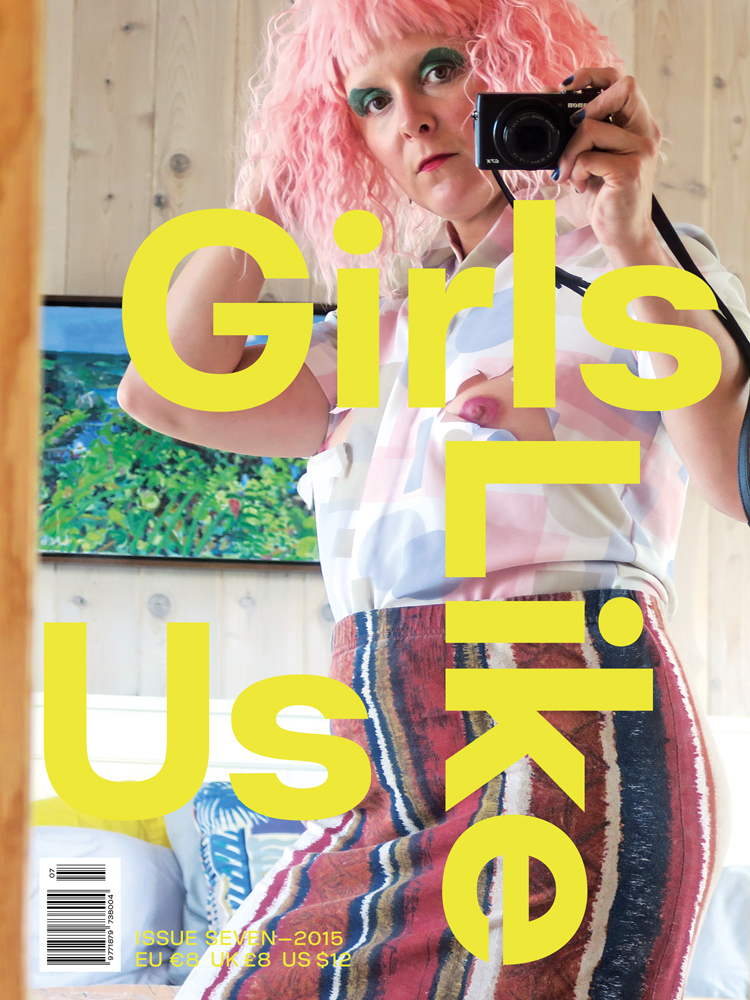
How did it all start? What was the inspiration to start the magazine?
This story has been told many times already. More than 10 years ago I was asked by my friends Gert Jonkers and Jop van Bennekom to create KUTT magazine as an offspring of their successful BUTT magazine.
We made a couple of issues together, but I felt the need to move on with my own magazine, so that was the beginning of Girls Like Us.
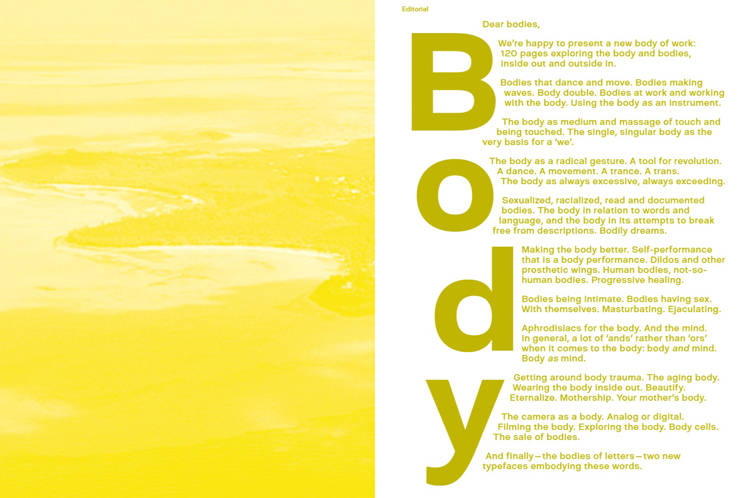
What is the ethos behind Girls Like Us?
Our main aim is to break away from patriarchy and show different ways to lead a more feminist / female-focused life. As a magazine, we have a very collaborative approach. Our team are based in Brussels, Amsterdam and Stockholm, with help from people in Milan, Berlin and New York.
“We’re constantly exploring how to grow in an organic way, juggling between existing both inside and outside of the commercial system and finding our own voice, while simultaneously being inclusive.”
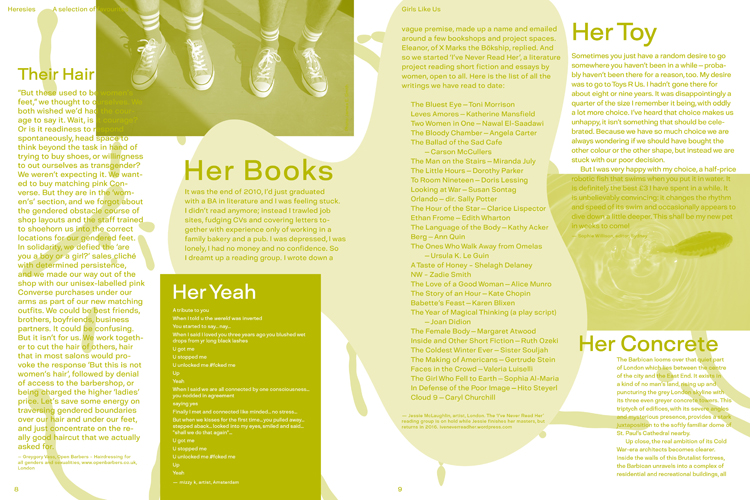
In terms of readership, who is your target audience?
Anyone interested in what we have to tell. We do a lot of independent publishing fairs, and it’s nice to meet our readers. They vary enormously in age, gender and sexual orientation. I love that we seem to talk cross-generationally to people of all genders.
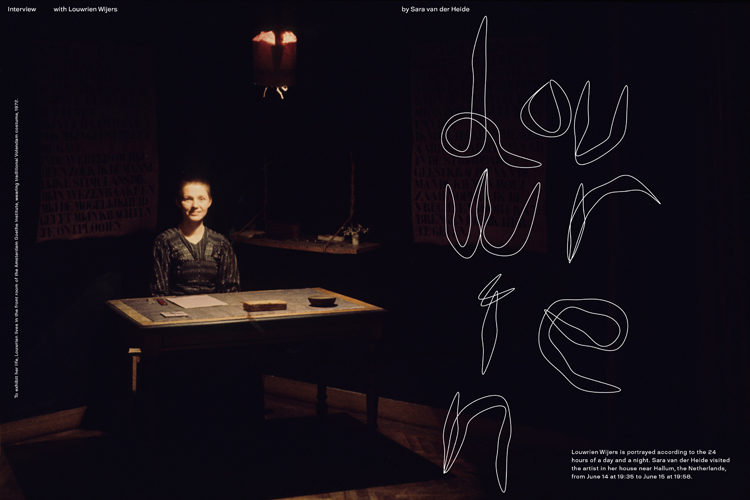
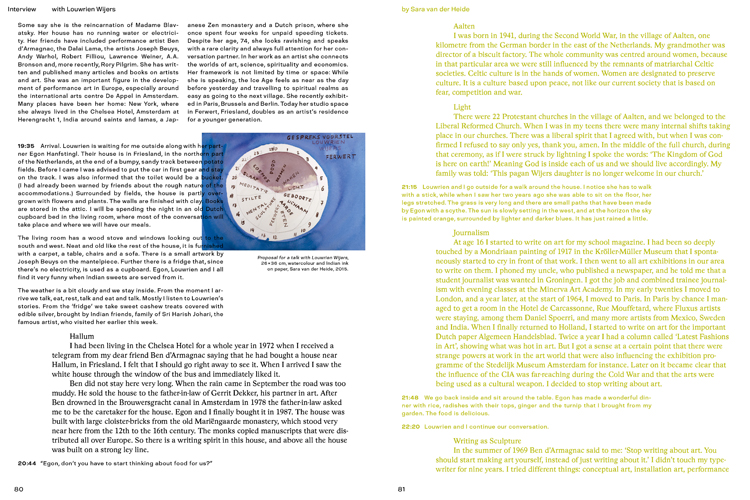
Does the content impact the design of the magazine?
Exploring new options for a less patriarchal society, the topics we tackle content wise, also get a design makeover. Our design uses elements of 70s feminism, handwritten burps, references to the fanzine DIY culture, all the while trying to be relevant in 2015.
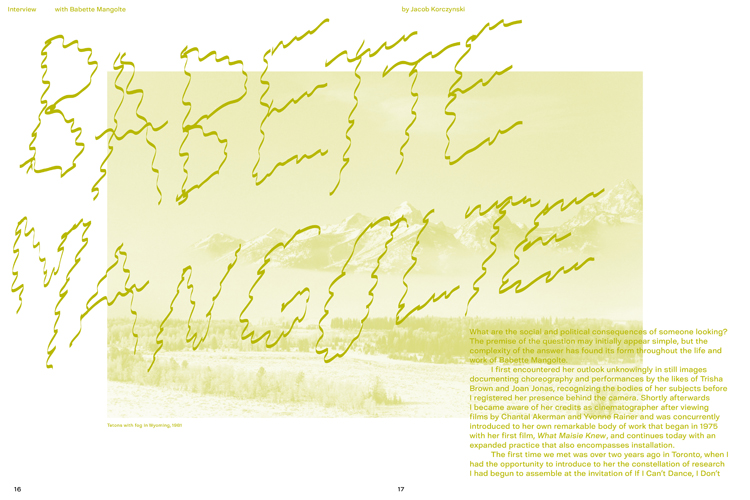
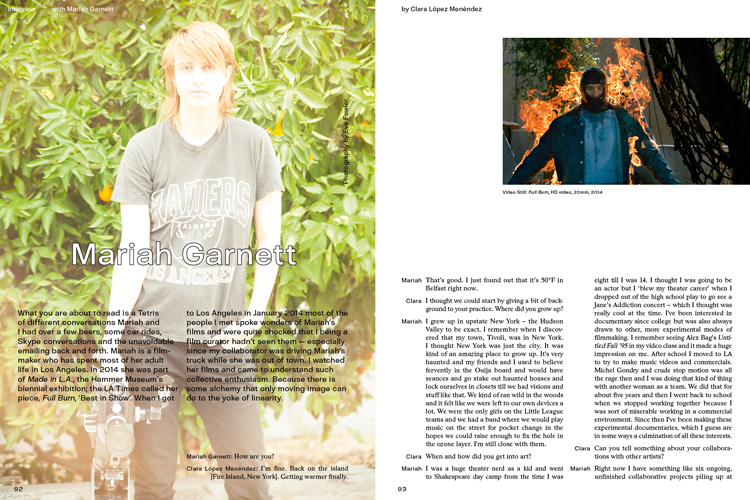
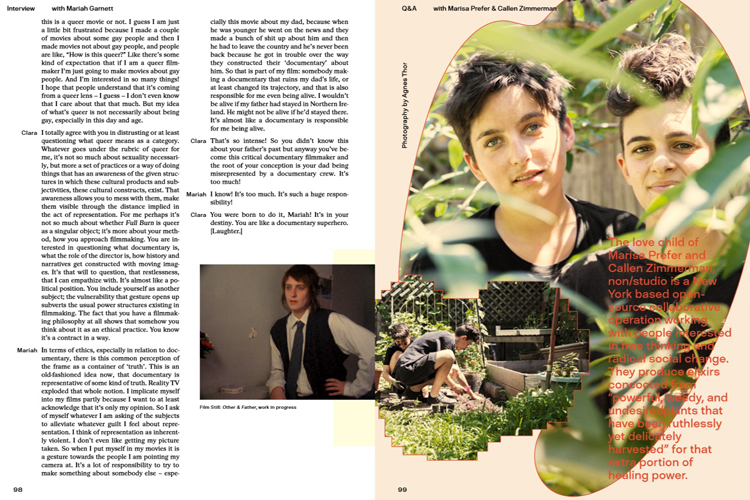
Have you ever encountered any problems ie. With content or production, any hurdles you’ve had to overcome?
Funding has been the major issue to overcome, on a continuous base. It’s difficult to publish an independent magazine that doesn’t qualify as an artists’ publication (and the funding available for that) but isn’t a commercial magazine either. Thank god we have some great support from some fashion brands like Adidas and Saint Laurent. But unfortunately, our content still seems to be too subversive for most of the fashion world. So weird if you think about it.
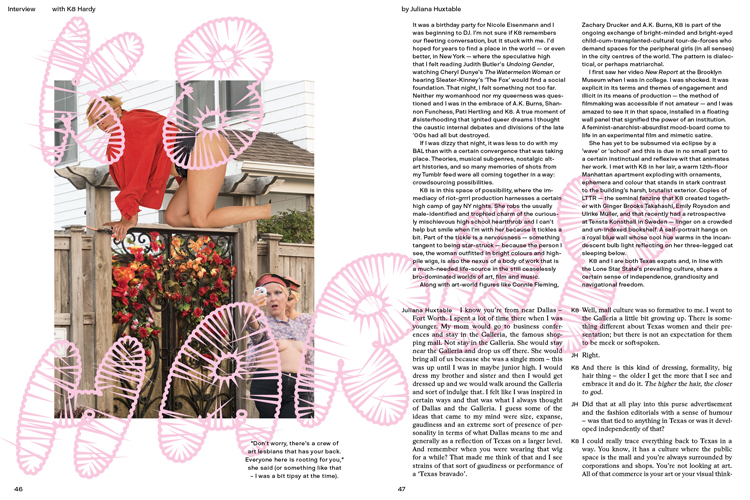
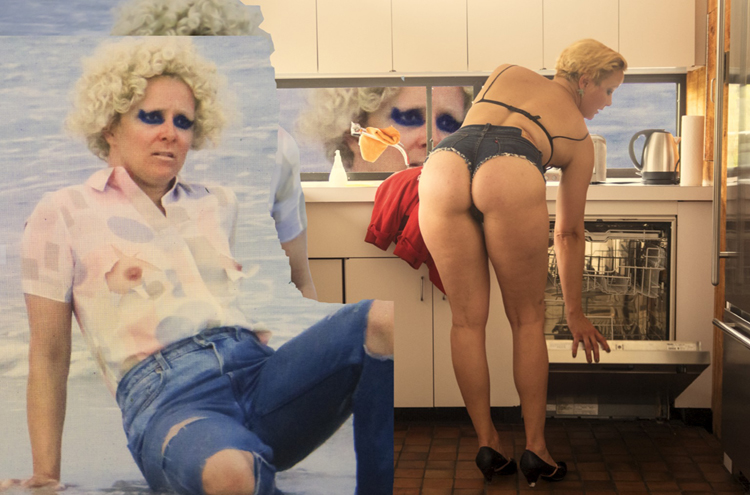
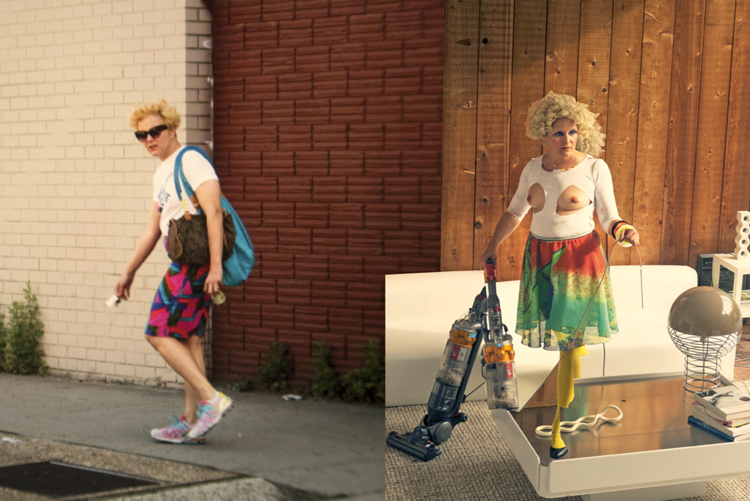
How far would you say the magazine has come since you started?
We’ve been around for 10 years now, and it’s interesting to see that our message seems to be more and more relevant and shared with newer publications.
The magazine has been growing in a very natural way, and we have featured amazing people, some of which embarked on great careers. I’m happy and proud of what we have done and accomplished in all these years. And that we seem to be more relevant than ever.
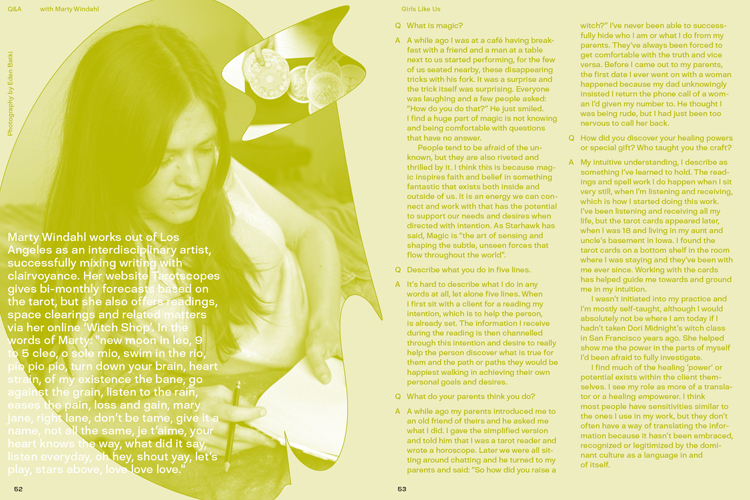
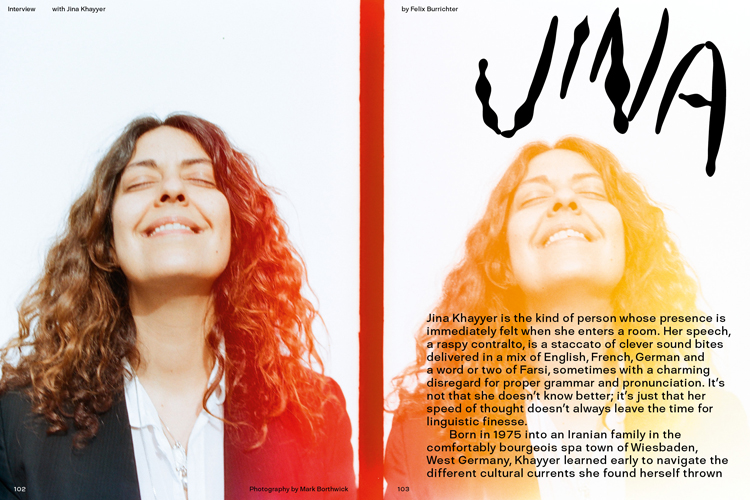
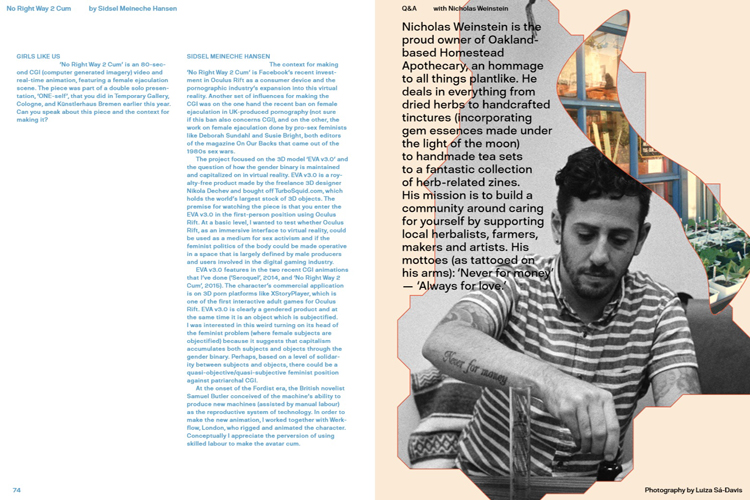
What are your plans for the future of the magazine?
I would love to translate the magazine to different formats. At the moment, we’re thinking about creating a relevant link between the 2D context of the printed magazine and a more interactive or 3D environment. We would love a physical shop/project space, but we’d also like to experiment with new modes of feminist production, and try our hands at film and workshops.
Finally, where can we get a copy?
We have the magazine at several stores in London (Donlon Books, Artwords…) but you can also buy it in our online shop.
- Markless Design - May 18, 2016
- Beyoncé | Lemonade - May 9, 2016
- IKEA X Katie Eary | GILTIG Collection - May 3, 2016

